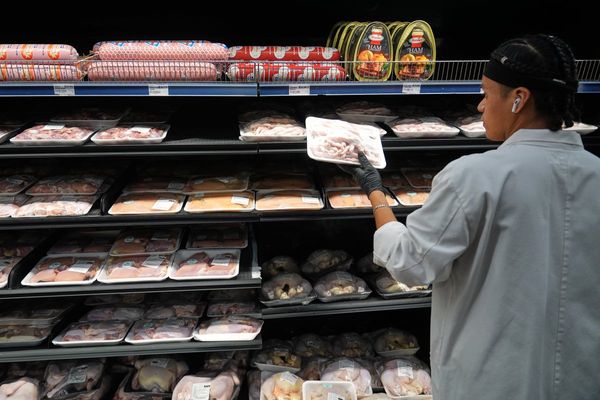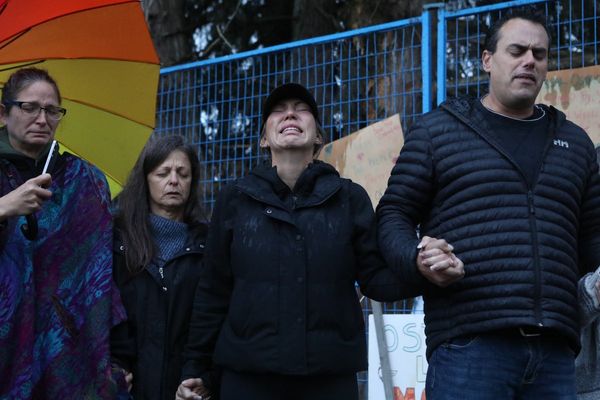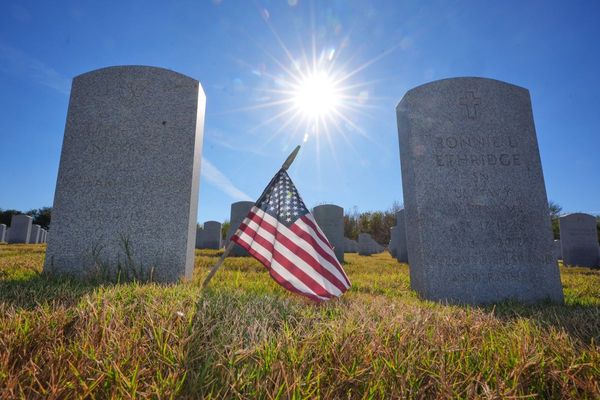
War has always been a catalyst for innovation. History is filled with inventions born from necessity on the battlefield, only to find themselves repurposed for everyday life. From the kitchen to the closet, the ripple effect of military research and development has quietly transformed homes across the world. Whether it was to protect soldiers, communicate faster, or survive harsh environments, many of today’s common items started out serving a much more intense purpose. Here are ten surprising examples of household items that began their lives in military labs and combat zones.
1. Duct Tape
Duct tape was originally created during World War II as a waterproof tape to seal ammunition cases. The military needed a strong, flexible, and durable adhesive that could withstand various conditions without breaking apart.
Soldiers quickly discovered its usefulness beyond ammunition, using it to repair gear, vehicles, and even wounds in emergencies. After the war, it transitioned into civilian life, especially for HVAC systems, which is where it earned its “duct” label. Today, duct tape is a must-have in toolkits, junk drawers, and DIY projects around the world.
2. Microwave Oven
The microwave oven owes its existence to radar technology developed during World War II. While working on magnetrons—key components in radar—an engineer named Percy Spencer noticed a candy bar in his pocket had melted near the equipment. That accidental discovery led to experiments with cooking food using microwave radiation.
Eventually, this technology was adapted into a safe, compact appliance for home use. Today, millions rely on the microwave for fast meals, but few realize it started out detecting enemy planes.

3. GPS Navigation
The U.S. Department of Defense developed the Global Positioning System (GPS) technology during the Cold War. It was designed to provide precise location tracking for military operations, including missile targeting and troop movements. As the system evolved, it became more accurate and widely accessible. In the early 2000s, GPS became available to the public, paving the way for smartphone navigation and location-based apps. Now, it guides everything from pizza deliveries to family road trips.
4. Aviator Sunglasses
Aviator sunglasses were commissioned by the U.S. Army Air Corps in the 1930s to protect pilots’ eyes during flight. The lenses were designed to reduce glare and block harmful UV rays at high altitudes. The thin wire frames made them lightweight and easy to wear under helmets. After World War II, returning soldiers continued to wear them, making aviators a fashionable accessory. Today, they’re a stylish staple with roots in aerial combat.
5. Superglue
Superglue was initially discovered in 1942 by accident while scientists were trying to develop clear plastic gun sights. Although not useful for that purpose at the time, its incredible adhesive properties were later recognized. During the Vietnam War, medics began using it to temporarily seal battlefield wounds until proper medical care could be given. This ability to bond quickly and hold under pressure eventually brought superglue into the mainstream. It’s now used in homes to repair everything from ceramics to broken toys.
6. Nylon
Nylon was first developed by DuPont in the 1930s, but its first major use was in military applications during World War II. It replaced silk in parachutes, ropes, and tents due to its strength and durability. The military’s massive demand for nylon spurred production and innovation. After the war, nylon was quickly integrated into civilian fashion, especially in women’s stockings. Today, it’s found in clothing, carpeting, luggage, and countless everyday items.
7. Canned Food
Napoleon Bonaparte offered a reward in the early 1800s for a method to preserve food for his armies, leading to the invention of canned food. Though the initial version used glass containers, the technology evolved into metal cans, becoming a military staple during the World Wars. Soldiers needed reliable, long-lasting food sources that were easy to transport. The success of canned food in military rations led to widespread adoption in civilian kitchens. Now it’s hard to imagine a pantry without at least one canned good on the shelf.
8. Pressure Cookers
Pressure cookers were adapted from steam technology used in military settings to sterilize medical instruments and prepare food rapidly under harsh conditions. Their ability to cook meals quickly with limited resources made them ideal for mobile field kitchens.
Once peace returned, the convenience and efficiency of pressure cooking found favor in home kitchens. Manufacturers redesigned them for safety and aesthetic appeal to suit family meals. Today’s models combine old military ingenuity with modern digital controls and safety features.
9. Digital Cameras
Digital imaging was initially developed for space and reconnaissance missions, including spy satellites and aerial surveillance during the Cold War. Military agencies needed fast, reliable image capture without the delays of film processing.
This led to the creation of charge-coupled devices (CCDs), the core technology in digital cameras. Eventually, the technology trickled down to consumer devices as it became more affordable. Today, digital cameras are built into phones and doorbells, but they were once the eyes in the sky for intelligence agencies.
10. Freeze-Dried Food
Freeze-drying was developed to preserve blood plasma during World War II and later adapted to military food rations. The goal was to make food lightweight, long-lasting, and nutritionally stable for soldiers in extreme conditions. Once the process proved effective, it was applied to a variety of foods for civilian use. Freeze-dried meals became especially popular with backpackers, astronauts, and survivalists. Today, it’s not unusual to see freeze-dried fruits and snacks on grocery shelves.
The History Of your Home
What began as tools for survival, strategy, and war has quietly infiltrated domestic life in the most practical ways. These once-classified or combat-tested technologies have been reimagined into household conveniences that are now taken for granted. From the microwave heating lunch to the GPS mapping out a route, military innovation has made life easier, faster, and more efficient. The transition from battlefield to breakfast table is a testament to how necessity sparks invention—and how war, though destructive, has shaped the modern home in surprising ways.
Have thoughts on other everyday items that might’ve started with the military?
Read More
These 5 Dog Breeds Were Once Used for Military Purposes—and It Shows
8 Money Rules Every Two-Income Household Needs to Avoid Financial Chaos
The post 10 Household Items That Were Originally Military Tech appeared first on Clever Dude Personal Finance & Money.







